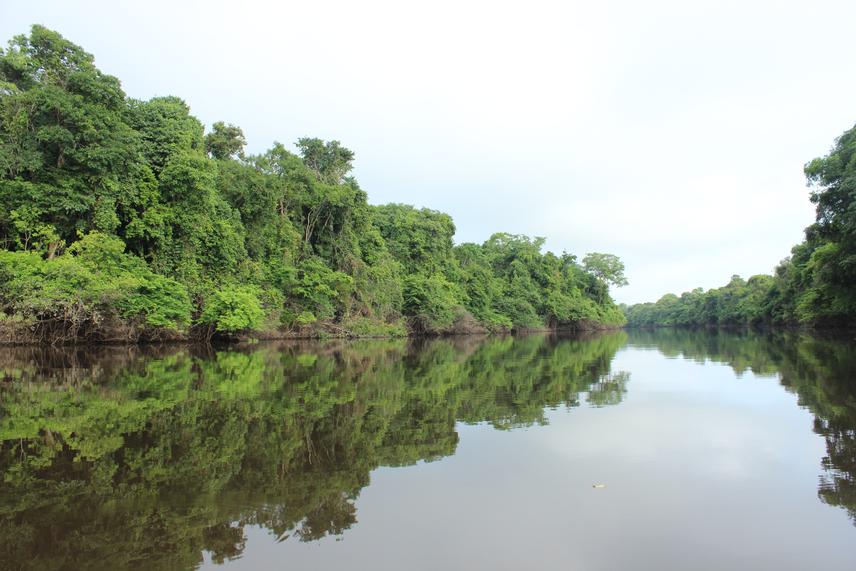Gilson de Souza Ferreira Neto
Other projects
23 Dec 2016
Soil Fertility and the Composition of the Medium and Large Mammal’s Assemblages on the River Islands of Anavilhanas National Park, Amazonas, Brazil
Fluvial archipelago systems play important roles in biogeochemical cycles and primary productivity and are pivotal ecosystems that host a rich biodiversity. Mammals are a target group for conservation, which are key species for redistribution of nutrients and seed dispersal. Their disappearance can trigger several cascading effects, leading to a disruption in key ecosystem functions. We aim to investigate whether island and landscape-scale attributes can affect different fluvial islands systems. Our work will be conducted in two distinct island systems: (i) one geologically formed by naturally fluvial islands (Anavilhanas and Jaú) - the second largest fluvial archipelago in the world, and (ii) a set of artificial islands formed by the construction of a mega hydroelectric (Balbina). Specifically, we intend to: a) understand how island attributes (island size, distance from the mainland) and b) landscape attributes (forest cover), can predict species richness and composition.

Jaú National Park during dry season. © Gilson de Souza Ferreira Neto.
Natural fluvial islands are regulated by an annual flood pulse, where most islands are completely inundated, with a variability of 10 meters (Junk et al. 2001). The input of sediments from Amazonian rivers acts in synchrony with annual phenological patterning of leaf and fruit production and environmental heterogeneity (Montero et al. 2014), which are responsible for seasonal lateral movements of vertebrates between flooded and non-flooded environments (Buendia et al. 2018). However, the modification on the seasonal water level regime of natural areas due to expansion of hydropower projects in the entire Amazon basin are likely to affect occurrence and persistence patterns of several species, as well as the ecosystem functioning (Fearnside1989).
In the Amazon basin, riverine island systems occur beside flooded forests and presently represent 30% of existing forests (Junk et al. 2010), but are able to establish permanent vegetation (Osterkamp 1998), providing refugee for many forest species, including endemic and endangered vertebrates (Haugaasen and Peres 2007). Fluvial islands mammals are little known. Mammals play a crucial role in ecological processes such as seed dispersal (Sobral et al. 2017), pollination (Ollerton et al. 2011), redistribution of soil nutrients and soil aeration (Metcalfe et al. 2014).
To the best of our knowledge, we will provide the first study to combine island and landscape attributes to scrutinize the main predictors of mammal species decay in Amazonian islands in two distinct island systems: (i) one geologically formed by naturally fluvial islands (Anavilhanas and Jaú) - the second largest fluvial archipelago in the world, and (ii) a set of artificial islands formed by the construction of a mega hydroelectric (Balbina). To achieve the main goal of this project, which is to investigate whether island and landscape-scale attributes can affect mammalian species richness in different fluvial islands systems, we will: (1) install one camera trap at each site to successfully identify all terrestrial species inhabiting the site; 2) calculate the amount of native forest cover at the landscape-scale considering different buffer radio and the other island factors (i.e.. island size and mainland distance) through satellite imagery. Our main conservation action is to provide information on species and habitat management. Understand how mammal species, which are fundamental components for forest functionality, are distributed along different types of islands (i.e., natural and artificially created by megadams) could shed light and offer guidelines that could be used for management decisions.
Header: Anavilhanas National Park during dry season. © Gilson de Souza Ferreira Neto.